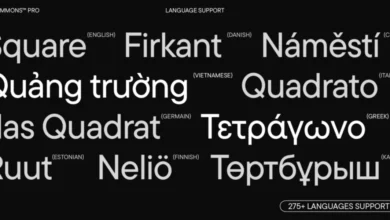Unraveling the Worth of ‘Doggy Dreams’: Beyond the Woofs and Wags
For dog owners and enthusiasts, the sight of our canine friends blissfully snoozing away is heartwarming. But have you ever stopped to wonder about the value and depth of these “doggy dreams”? Why do our pets curl up or sprawl out, and what really goes on when those little legs start kicking in sleep? By the end of this read, you’ll understand the fascinating realm of doggy dreams and, in a playful twist, their whimsical ‘net worth’ to our understanding of our loyal companions.
nnnn1. Why Do Dogs Dream?
nnnnJust like humans, dogs enter a REM (Rapid Eye Movement) phase during their sleep, which is when dreams occur. Considering that dogs sleep for about 12 to 14 hours a day, that’s a lot of dreaming! The brain activity of canines during REM is quite similar to ours, which means they probably dream about daily events, just as we do.
nnnn2. The Value of a Dream
nnnnIf we were to equate ‘doggy dreams’ to a net worth, their value would be immeasurable. Think about it: these dreams play a vital role in memory consolidation and processing emotions for our four-legged friends. The ‘worth’ of these dreams is the mental well-being they provide to dogs, ensuring they wake up rejuvenated and ready for a new day.
nnnn3. Curled Up or Sprawling Out?
nnnnThe sleeping positions of dogs can be quite amusing and, often, endearing. A dog curling up is a primal instinct – it helps conserve body heat and protect vital organs. On the other hand, a dog sprawled out on its back, belly exposed, indicates complete trust in its environment (and probably a desire to cool down!).
nnnn4. The Twitches and Movements
nnnnOne of the most entertaining (and concerning for first-time pet owners) sights is a dog twitching, kicking, or softly woofing in its sleep. More often than not, these are merely indications of a dream in progress. They might be chasing a squirrel, playing with their favorite toy, or even running across vast fields in their dreams.
nnnn5. The Depth and Variety of Doggy Dreams
nnnnThe frequency and content of dog dreams vary with age and activity. Puppies, with their ever-exploratory nature, often have more vivid dreams compared to older dogs. Similarly, a dog that’s had an eventful day might have richer dream content. This variety adds to the ‘net worth’ of their dreams, making each snooze a unique experience.
nnnn6. Waking Your Dog from a Dream
nnnnWhile it’s tempting to wake your dog when they seem restless in a dream, it’s recommended to let them sleep unless they seem truly distressed. Just as we don’t like being jerked out of deep sleep, our furry friends prefer to wake up naturally from their dreams.
nnnn7. The Connection Between Humans and Dogs
nnnnUnderstanding ‘doggy dreams’ and their immense ‘net worth’ in the world of canine behavior reinforces the bond between humans and dogs. By recognizing the depth of their experiences, we’re reminded once more of the rich emotional lives our pets lead, making our bond even more special.
nnnnIn Conclusion
nnnnIn the vast universe of dog behaviors, ‘doggy dreams’ hold a special place. Their immeasurable ‘net worth’ isn’t counted in dollars or treats, but in the joy, understanding, and connection they bring to dog owners everywhere. By decoding their dreams, we don’t just learn about their sleeping habits; we gain insight into the world as they see it.
nnnnSo, next time your dog curls up for a nap and you catch those little twitches, remember: you’re getting a brief, whimsical glimpse into their rich inner world. And the worth of that? Well, it’s simply priceless.
n


